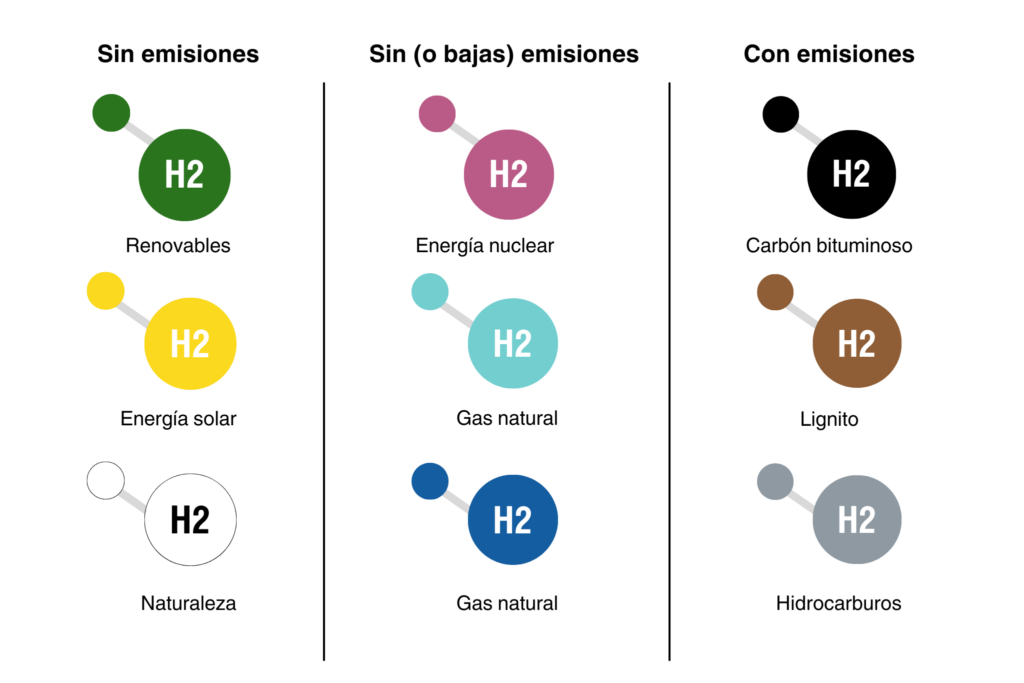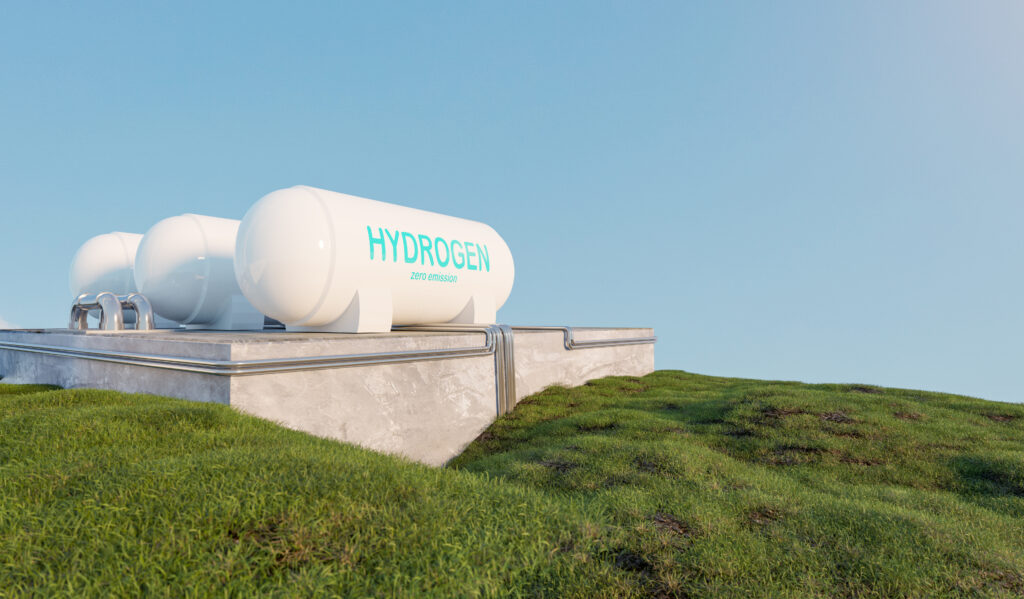In the race towards decarbonization, public administrations have bet on electrification, but are there other options? Some entities are already considering replacing fuel with hydrogen, but is hydrogen really an option to replace fossil fuels? This compound is considered one of the promises in the automotive sector, but despite having countless benefits, it is a fuel that is very difficult to obtain as it cannot be directly extracted from nature. Three main obstacles are encountered in hydrogen production: it is accompanied by other elements from nature, its conversion to a liquid state, and its expensive investment that raises its final price. To obtain this element, it is necessary to extract it from water, coal, or natural gas. The best option is water since it is present in most parts of the planet. However, this element is in a gaseous state, so it requires a process of electrolysis. This production is costly and requires electrical energy, which, at times, does not come from clean energy sources. More and more companies are opting for this energy; likewise, there has been a categorization of colors determined by its sustainability. Based on its impact on the environment, five types of hydrogen are categorized: black, gray, brown, blue, turquoise, pink, green, yellow, and white.
Typology
Black and Brown Hydrogen
This is the most polluting hydrogen, as it is formed from hydrocarbons such as methane or coal. It is obtained through gasification, a process in which coal is burned at high temperatures, and hydrogen and carbon monoxide are expelled.
Gray Hydrogen
Gray hydrogen is the most used in the world, but it is also one of the most polluting, as it is produced from natural gas using the steam reforming technique. This method relies on the pressure of the element to remove carbon dioxide and thus obtain hydrogen.
Blue Hydrogen
Also known as “low-carbon”, but it still needs to use fossil fuels for its production. However, it emits less carbon because it is done through the “capture and storage” method. It is the most used alongside gray hydrogen. This type of hydrogen generates CO2 emissions, but they are captured, and once stored, they can be reused to produce eco-fuels.
Turquoise Hydrogen
This type of hydrogen also uses fossil fuels, but it differs from blue and gray as it involves a extraction process known as pyrolysis. This process involves thermal degradation without oxygen and replacement of polluting gases with carbon. In other words, natural gas passes through molten metal, releasing hydrogen and solid carbon. This avoids CO2 emissions. This method is still in the early stages.

Pink Hydrogen
It is formed from nuclear energy, and its extraction method is again water electrolysis. It is classified as one of the most sustainable, although from EDP, they state that “it is not entirely clean due to the risks and radioactive waste it always carries.”
Green Hydrogen
This is the most ecological option, as it is created from renewable energies. However, it is the least common in the market. Its extraction process also occurs through electrolysis, and the associated emissions are very low or nonexistent.
Yellow Hydrogen
Yellow hydrogen is created from solar energy, and its extraction process is electrolysis. In the extraction process, mixed energies are used.
White Hydrogen
This type of hydrogen is still under exploration, and there is not much information about it. It is extracted directly from nature, and its emissions are nonexistent. According to EDP, they claim it is “odorless and colorless, and there are no efficient and economically viable techniques to extract it.”
Is it possible to implement hydrogen as the main source?
The implementation of hydrogen stations is a reality in countries such as Japan, the United States, or Germany; however, it is not widespread in Spain. There is a total of 685 hydrogen stations worldwide, according to the latest data published in 2021. Of these, 228 are in Europe, with Germany as the main developer. The European Union promoted the implementation of hydrogen stations in 2014 through Directive 2014/94 of the European Union.
On the other hand, Spain launched in 2020 the Roadmap with Hydrogen: a commitment to renewable hydrogen. Despite this regulation, some guidelines have not been defined yet, such as the date to achieve the set goal, the distance between hydrogen stations, or the year when the implementation of a minimum number of hydrogen stations will be achieved (between 2028 and 2031). Despite the various ways to create hydrogen, the problem lies in its storage, use, and pollution associated with some techniques. The price of hydrogen is still astronomical and is not accessible to the average citizen, plus the creation of a hydrogen station costs around one million euros.
Full Refueling Cost
Unlike gasoline, which is measured in liters, hydrogen is supplied in kilograms. The current cost ranges between 3 and 10 euros per kilogram, making it still out of reach for the average citizen who refuels, for example, at Plenoil for an average of 1.40 cents per liter.





